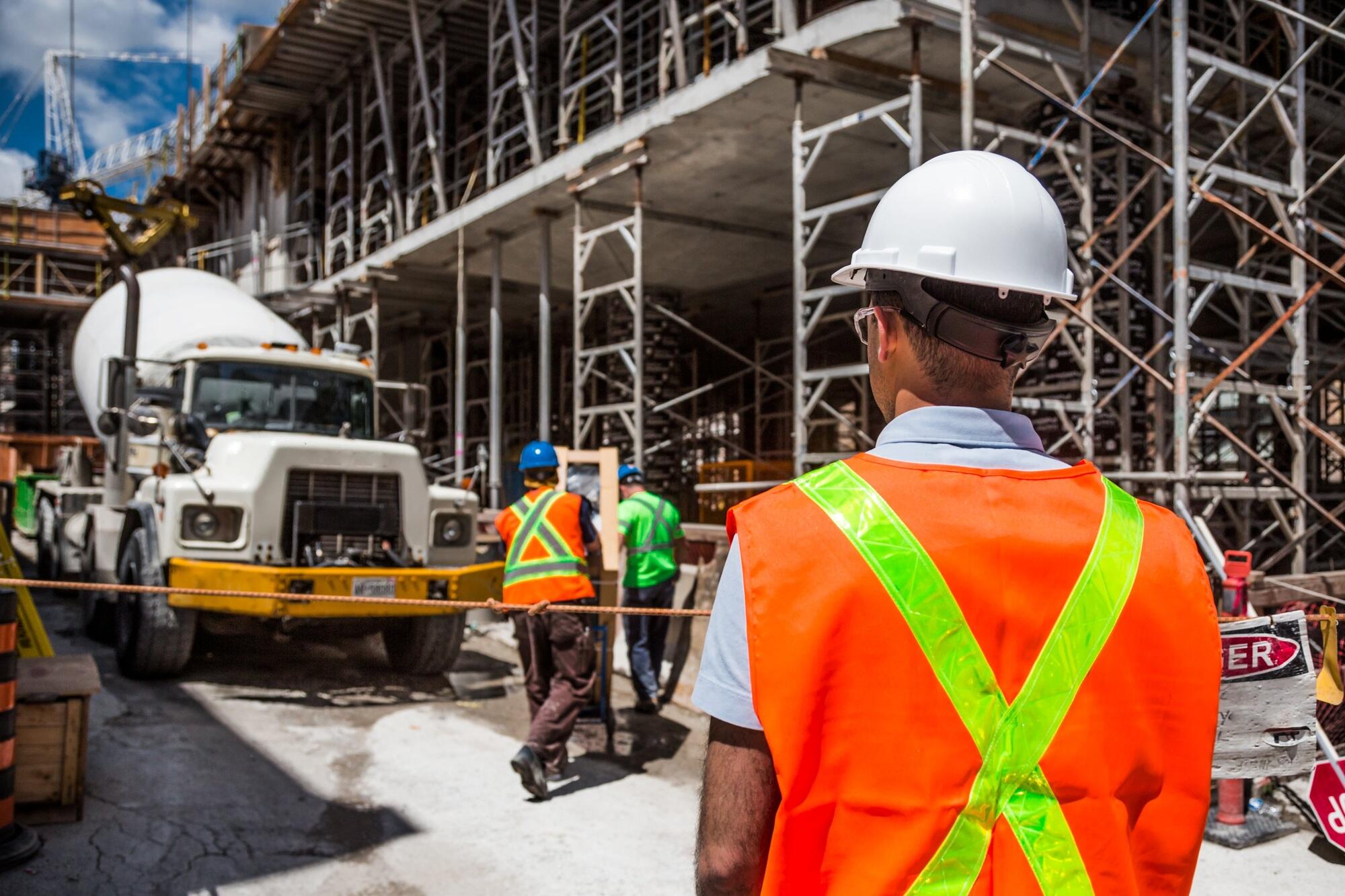In industries where working from heights is common, protecting workers from falls is paramount. A personal fall arrest system (PFAS) is designed to stop a worker’s fall. It keeps them safe and prevents serious injuries.
However, with various options available, selecting the right PFAS for your specific job can be challenging. Here’s a guide on how to choose the ideal personal fall arrest system, along with critical factors to consider.
Read on!
Determine the Work Environment and Height Requirements
Understanding your work environment is the first step in choosing the right personal fall arrest system. Different environments present unique challenges. So, assess factors such as:
- exposure to weather
- chemical substances
- electrical hazards
For example, workers exposed to wet or corrosive conditions might need specialized safety harness equipment to prevent damage. Additionally, knowing the height at which you’ll be working is essential. This is because it determines the type of fall protection gear needed.
Select the Right Safety Harness for the Job
The safety harness is a crucial component of any PFAS. This is because it directly supports the worker during a fall. Choosing a harness that is both comfortable and suitable for the type of work being done is essential.
Harnesses come in various designs. This can span from basic full-body harnesses to specialized ones with added padding or D-rings for tool attachments.
Look for harnesses that meet industry fall arrest guidelines to ensure they are up to safety standards. Test the harness for:
- fit
- comfort
- durability
This is also important to keep workers secure and minimize fatigue during long work hours.
Evaluate the Quality and Type of Anchorage
An anchorage point provides a secure attachment point for the PFAS. So, choosing one that meets safety standards and is appropriate for the work location is vital. Different anchorage connectors are available based on the job’s specific requirements. This includes:
- anchors for concrete
- steel beams
- temporary setups
Quality anchorage ensures that fall protection systems can hold the necessary weight. So, make sure it can support at least 5,000 pounds per worker, as mandated by OSHA. Properly assessing and selecting the anchorage point is essential for overall fall protection.
Inspect Fall Protection Gear Regularly
Safety harness inspections are vital to ensure that all components of the personal fall arrest system function properly. Make it a habit to inspect the:
- harness
- lanyards
- anchorage
- connectors
Do this before each use to detect any signs of wear or damage. Some workplaces incorporate formal safety harness inspections into regular maintenance routines, which helps extend the lifespan of the equipment and keeps workers safer.
Look out for frayed stitching, corrosion, or deformities, and replace any worn or damaged gear promptly. A well-maintained PFAS is key to preventing failures in the system.
Choose the Right Personal Fall Arrest System
Choosing the right personal fall arrest system is essential. This is especially true for protecting workers and ensuring compliance with safety standards. By following this guide, you can build a robust fall protection system that suits your job requirements.
Investing in the right PFAS keeps workers safe and fosters a more productive workplace.
To read more, visit our blog page. We have more topics!

